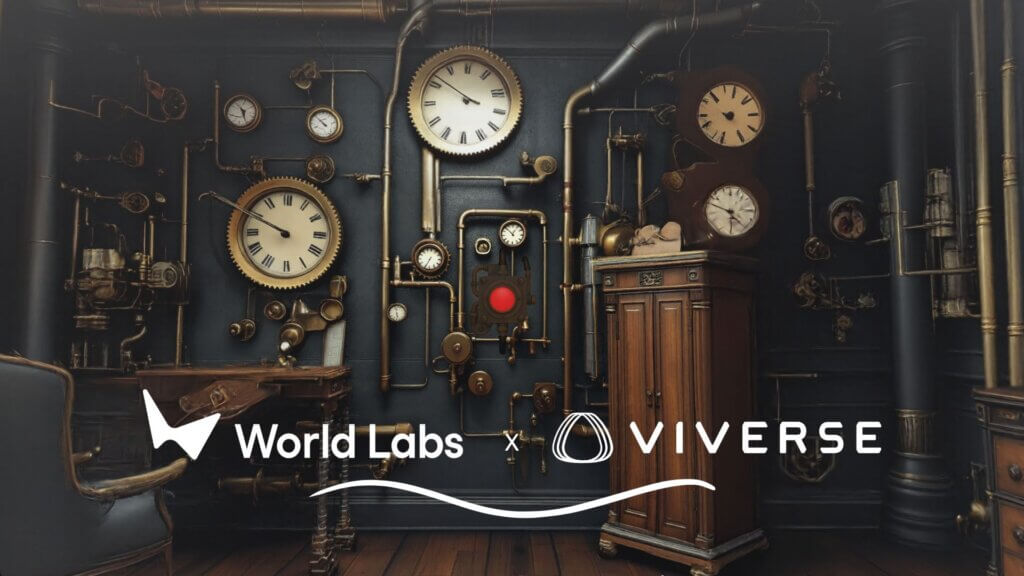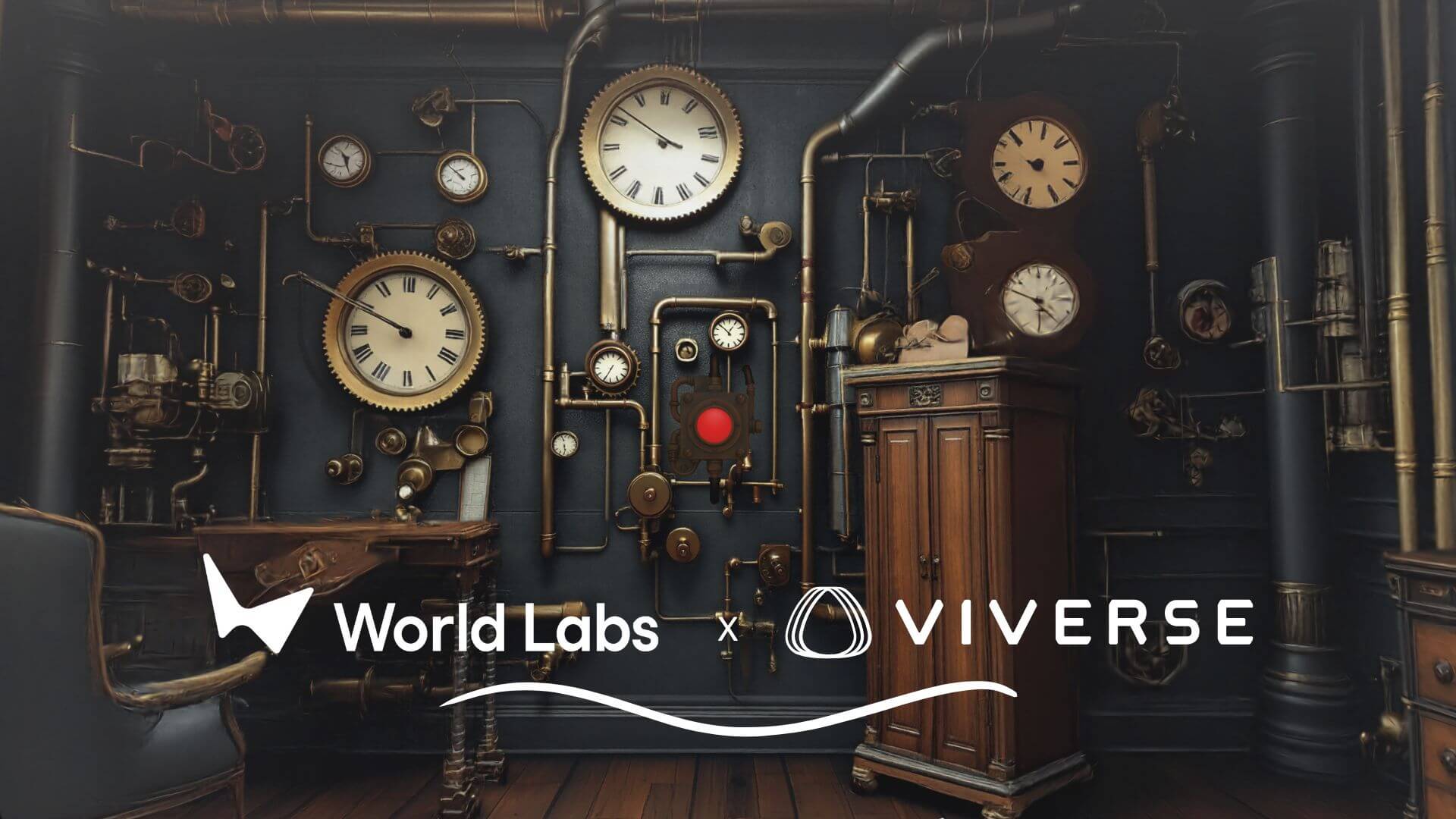World Labs x VIVERSE: Accelerating 3D Creation with Marble

Sometimes, the best collaborations start with curiosity. What would happen if you paired Marble, World Labs’ AI 3D Gaussian splat world generator, with VIVERSE, the open platform where anyone can build and share 3D worlds? Could AI generation speed up the creative process without taking away what makes it personal?
That question became the starting point for a joint experiment: a test of how creators could move from idea to interactive experience faster, while staying fully in control of design and story.
Building Worlds, Faster and Freer
Marble creates 3D environments from ideas—like text, images, or video—giving creators a base scene to further develop their storytelling and world on top of. It’s not about replacing artistry; it’s about skipping the blank-canvas phase.
From there, VIVERSE becomes the space where those worlds come to life. In this collaboration, creators generated their base environments in Marble, or used existing demos, refined them in PlayCanvas with gameplay and interactivity, then published them to VIVERSE for anyone to explore.
Each step stayed in the creator’s hands. Marble handled the generation, and VIVERSE hosts the finished experience. There was no data shared between the platforms. Marble handled generation independently, and VIVERSE does not use creator content to train AI models. (Learn more in the VIVERSE Terms of Use.)
The result was a smooth, creator-driven workflow that made prototyping faster without losing the human touch.
Three Worlds, One Workflow
To see how this process could scale, the teams explored three distinct worlds that tested different creative goals.
Whiskerhill
The first, Whiskerhill, started as a pre-existing Marble demo. What began as a peaceful hillside scene became a vibrant and imaginative new addition to the Pet Rescue series on VIVERSE. Using PlayCanvas, creators added collectibles, quest markers, and simple character interactions. In just a short time, the generated landscape turned into a small, playable world. It proved that a single AI generation could evolve into a complete experience.
Whiskerport
Next came Whiskerport, an experiment in connection. Built from several Marble demo scenes linked through portals, this world invites players to move seamlessly between environments, each with its own visual identity. The creators focused on optimization so that the multi-world transitions would run smoothly on both desktop and mobile.
Clockwork Conspiracy
Finally, there’s Clockwork Conspiracy, a steampunk-inspired world made specifically for this project. It began with a simple prompt: “medium steampunk room with clocks on the walls and pipes throughout.” From that generation, inspiration was stoked. A series of 3D Gaussian splat worlds were created to match the game’s narrative, and the team built out a moody mechanical workshop-based world filled with gears, puzzles, and pipes. Using PlayCanvas, they refined lighting, placed interactive objects, and added puzzle logic before publishing through VIVERSE Studio.
Each project had a different starting point but shared one theme: creators experimenting, refining, and owning every step of the process.
What the Creators Learned
Across all three builds, one takeaway stood out. AI tools like Marble work best when they act as creative accelerators, not shortcuts. By giving creators more time to focus on story, gameplay, and atmosphere, generative tools make worldbuilding faster without limiting imagination.
For the teams involved, the biggest surprise wasn’t how quick the workflow was, but how expressive it felt. Starting from a generated base didn’t reduce creative control. It opened new ways to play, tweak, and explore ideas.
If you’re a creator, you don’t need to know how to model every tree or bake every lightmap to start experimenting. You can use tools like Marble to generate a foundation, refine it in your preferred engine, and host your finished work on VIVERSE for others to explore.
Looking Ahead
The collaboration between World Labs and VIVERSE opens the door to new workflows that blend automation with artistry while keeping creators at the center.
Looking forward, both teams see potential far beyond gaming or creative demos. AI-generated scenes could become 3D e-commerce backdrops, immersive training environments, or virtual stages for education and storytelling.
But the core lesson remains the same: when you combine powerful tools with human creativity, you get worlds that feel alive. Not because they were generated, but because someone imagined them into being.
